Mastering the Tokyo Rig: The Ultimate Setup for Pressured Waters
In the bass fishing world, there are always new rigs coming out that challenge everything you know about the sport.
It seems that as you finally get the hang of the latest trend, three more have started to pick up steam, and they all promise to be your next go-to.
Well, we’ve found one that’s booming in popularity, but it does work in a very specific situation.
Today, we’re going to go over the Tokyo rig. We’ll cover what it is, how to set it up, how to use it effectively, and when you should use it, rather than just telling you how awesome it is, like every other rig that hits the scene.
Let’s dive into it!
Newsletter Signup
What is the Tokyo Rig?
The Tokyo rig is one of the strangest rigs you’re going to use. When you break it down visually and functionally, it’s a lot like someone took the classic Texas rig and a modified version of the drop shot, smashed them together, and hoped for the best.
The cool thing about that is that it ended up working wonders in the right circumstances.
Unsurprisingly, the “Tokyo” rig started in Japan, and while it’s largely a finesse rig in the West, it had a highly specific purpose when it was originally made.
Shrimp and other bottom-dwelling crustaceans are a massive staple in Japan, and this leads to a lot of nets being dragged across the bottom commercially and casually by private anglers. Well, that presented a big issue.
The common rigs we’ve been using for decades in the West would get stuck in those conditions.
The Tokyo rig uses a thin wire that distances the weight from the hook. This drops the weight below the lure and props it up off the bottom. For the Japanese, this helped keep the hook away from rocky bottoms and nets.
Here in the west, it not only helps with snags, but it also creates a unique presentation with some great benefits in the right conditions.
How to Make the Tokyo Rig
You can buy pre-made Tokyo Rigs at most online tackle stores, or you can make your own.
The Tokyo rig sounds like a weird mix of classic rigs that might be complicated, but it’s a lot easier to set up than a lot of traditional Western rigs. You just need a couple of new pieces of hardware that you rarely use on most other rigs.
To do it, grab an EWG worm hook that’s sized appropriately for the soft plastic lure you’ll be using, along with a standard swivel that matches the hook size.
You’ll also need a split ring, wire with an eyelet, and bullet weights that align with your desired weight. It helps to have your fishing pliers handy, too.
To start, tie your swivel onto your line with whatever your favorite strong knot is. We like the Palomar knot, but there are plenty of options that will work just fine.
Next, add your split ring to the end that isn’t tied to the line. You can make this a lot easier if you have your pliers ready. Especially if you use fishing pliers that have a built-in split ring tool at the tip.
Also, keep in mind that the split ring is somewhat optional, but it adds a lot of action to the lure, and we prefer it. Just make sure you get a strong one to ensure it’s not a weak spot in your rig.
After you have the split ring on, slide your hook onto the split ring in a way that orients the hook barb upward. Just like when you tie on a normal Texas rig, you want the hook to face up when it’s going through the water. Pliers help here, but it’s a little bit easier than the split ring if you ask us.
Now, slide your wire onto the split ring so it points straight down from the hook. This is supposed to point to the bottom of the lake when it’s rigged up.
Finally, add your bullet weights to the wire so the points are aiming down to the end of the wire. You can use one or more weights. If you use two, you even get a nice “clank” noise as it maneuvers, but that also adds a lot of weight to the rig unless you use smaller weights than usual.
When you’ve done that, use your pliers to bend the tip of the wire up in a crook. This holds the weights on. You can even bend it at a 90-degree angle.
Since the hole in the weight is so narrow compared to the body, the weights won’t slide off, but they can slide up and down the wire more freely. You can experiment with either setup.
Making Lure Switches More Efficient
Reading that, you probably noticed that a Tokyo rig takes quite a bit of time despite being so simple. You don’t have to tie any more than a single knot, and everything goes on a slip ring, but all the plier work takes a bit.
An experienced angler could probably tie on 4 different crankbaits in the time it takes to make a single Tokyo rig from scratch.
Fortunately, there’s a way to get around that issue and be able to switch out differently tuned Tokyo rigs faster than tying any knot, but it requires a little prep.
Since the bulk of the rig involves sliding things onto your split ring, you can build several full rigs and not have to tie another knot or put together another rig for the entire trip.
Just tie on your swivel the night before and set up several rigs on split rings of different weights, soft plastics, wire lengths, etc.
This gives you several rigs that will perform slightly differently for different conditions that you bump into, but when you go to switch it up, you can just slide one rig off and put on the next faster than tying a knot. It’s like using those cheap snaps without the risk of your lure getting yanked off on the first bite.
This also keeps you from having to re-thread different soft plastics every time you want to try a new model or color. That tears up your plastics even when the bass aren’t messing with them, and it’s always better to leave them on the hook.
With this method, you can have several colors setup for quick swapping and not worry about it.
Using the Tokyo Rig
Using the Tokyo rig is also extremely easy. It’s a mix of the Texas rig and a drop shot, and the same general retrieval methods are used. Cast it out, let it sink, and then alternate between the 2 main retrieve types:
Slowly drag 6 to 12 inches, pause, repeat
Hop, Pause, Reel (rinse and repeat). Very similar to how you would fish a jig or Texas-rigged worm.
That’s all there is to it. Just like the two base rigs that inspired its design, you can experiment with pauses, the length of your hops, and the speed of your retrieval, but the same general pattern is what you’re going to use all the time.
Benefits of the Tokyo Rig
The Tokyo rig has a few benefits that make it stand out greatly from other rigs. It’s not perfect for every situation, but no rig is genuinely an all-around performer.
1: A Lot Fewer Snags
The Texas rig is known for being “weedless” because you can bury the barb in the lure and keep it from catching on every bit of moss and garbage in the lake. However, anyone who has used one knows that you still get snagged.
The weight tends to easily work its way between rocks and shoot right through holes between branches to the point that you get in snags you can’t break free from.
Well, because of the orientation of the weights and the weedless capabilities at the hook end of the rig, both problems are solved.
You are extremely unlikely to get snagged unless you drop the right into a submerged tree or drag it through one, and that’s going to happen with any rig you set up.
This is a good thing, because the rig uses more hardware than most other rigs, and if it were to be snag-friendly, you’d spend quite a bit more on terminal tackle replacing everything.
2: A Unique Natural Presentation
The Texas rig can present lures two ways when it’s used as it’s intended. It can look like a fish nose-tapping the bottom for crustaceans, or it can look like a craw hopping backward.
You can also zip it back to you in a straight retrieval, but other rigs and lures generally do that better.
However, the Texas rig doesn’t let you drop your lure in a nosedive and then suspend a few inches off the bottom like fish do a lot of the time. The Tokyo rig does.
If you time this right, you can make your soft plastic look like it’s casually bopping around near the bottom during hot days or when the fish are suspended, and it looks pretty natural.
3: It Slays in High-Pressure Water
This is the biggest pro and the main reason to use the Tokyo rig. It destroys the competition in high-pressure spots.
“Pressure” is essentially when a spot is heavily fished, and the fish just aren’t taking the bait like they usually do.
The annoying thing about it is that it’s hard to know exactly what to expect, because pressure fluctuates dramatically, and it often requires you to recognize it quickly and react accordingly. That leads to a lot of innovations such as the Tokyo rig.
As such, there are many different finesse options available that aim to cut through pressure and handle it.
These include everything from highly advanced and nuanced lures to downsizing all the way to panfish-sized lures that most people would never consider for bass.
How does the Tokyo rig stand out from those options, though? Well, it’s that unique propped-up presentation. You can use the same soft plastics you always use, but the combination of the free movement from the split ring and the wire propping it up makes it look incredibly different.
Using a unique presentation when everyone else is casting the same stuff makes your lure look a lot safer to bite on.
After all, if a bass is repeatedly getting hooked by a Texas rig, it’s going to pick up on that and stop biting those rigs throughout the day. When you toss in something new, it’s not quite as intimidating.
The Cons of a Tokyo Rig
The cons of a Tokyo rig are largely the same as other rigs with a lot of hardware and finesse-based presentation.
First, they take time to set up and use a lot of hardware. Even though they’re simple, that increases the amount of time needed to make new ones, and they cost more when you accidentally break your line off.
That’s a minor drawback, though. You also have to consider that these subtle, slow-moving rigs simply aren’t year-round slayers or effective on every lake.
Just like tiny paddle tails and super-subtle swim baits or weightless flukes, the Tokyo rig is something that has its place, but it’s not a rig you use every trip.
When You Should Use the Tokyo Rig
The Tokyo rig is one that you want to pull out when you notice the lake is overrun with weekend warriors. It’s not one that they’re likely to use, and this makes your lure stand out against basically everything they’re likely to use.
On top of that, the peak family fishing time tends to line up with when the fish are closer to the bottom and a little more lethargic from the heat, anyway.
The average family isn’t going to the lake in the middle of fall. So, having a bottom-friendly lure that works great in pressure is extremely useful.
The Tokyo Rig Slays: When It’s Used Right
The Tokyo rig is one of those that the BassForecast team recommends in everyone’s repertoire, but it’s also one that you want to use sparingly and at the right time.
We recommend learning it, rigging up a few bare-hook Tokyo rigs ahead of time, and just throwing them in your tackle box. When you see that prime time to use it, it’s set up and ready to do what it does best: perform in high-pressure situations.
If you want to improve your chances of landing a big catch using the Tokyo rig, download our fishing app!
Our app tracks real-time weather, leveraging bass industry research and proven seasonal patterns to deliver tailored forecasts, ratings, and tips!



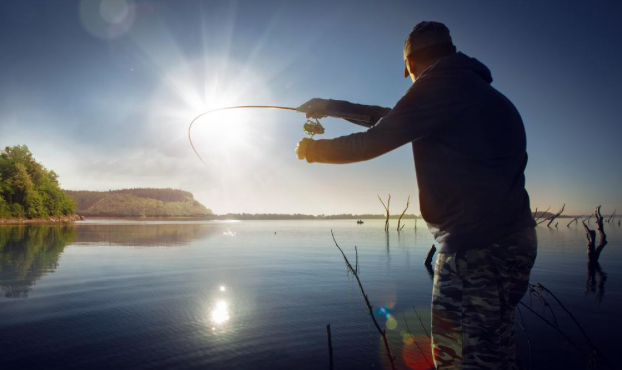
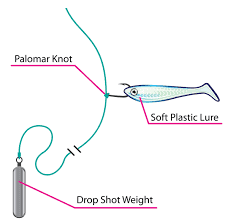
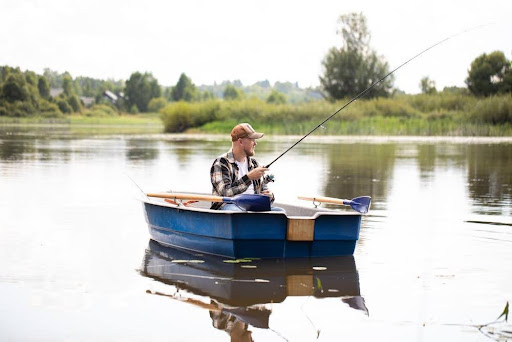
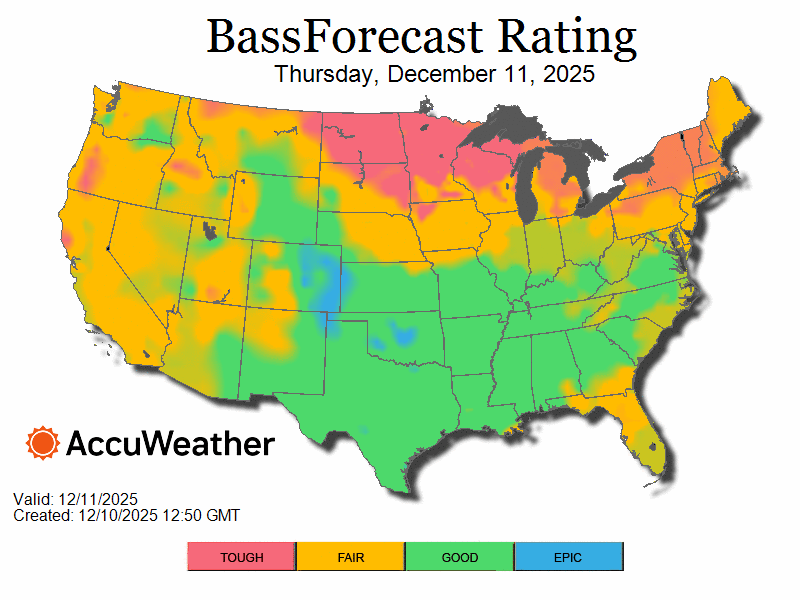
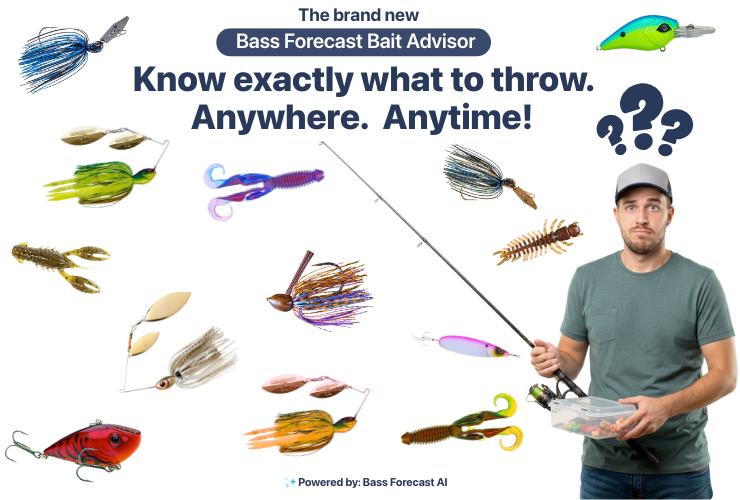
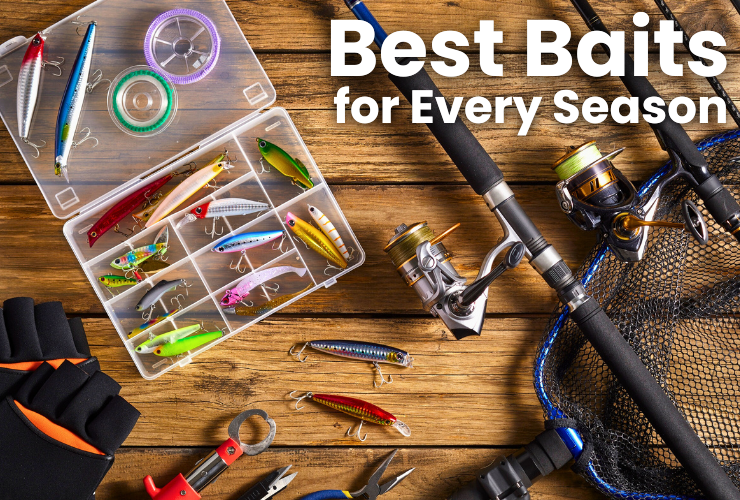
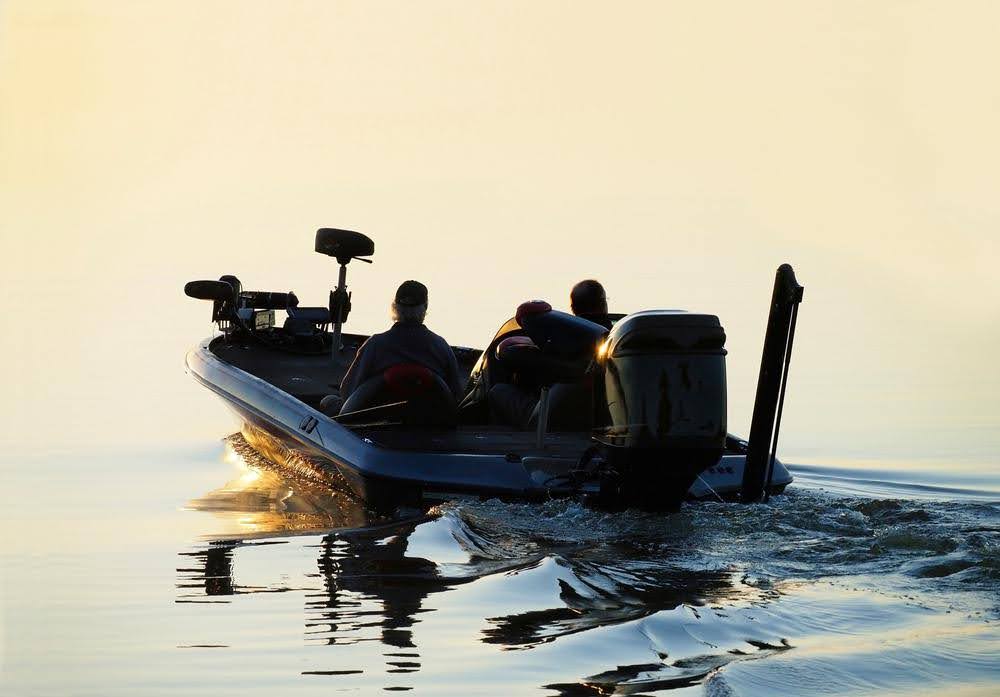
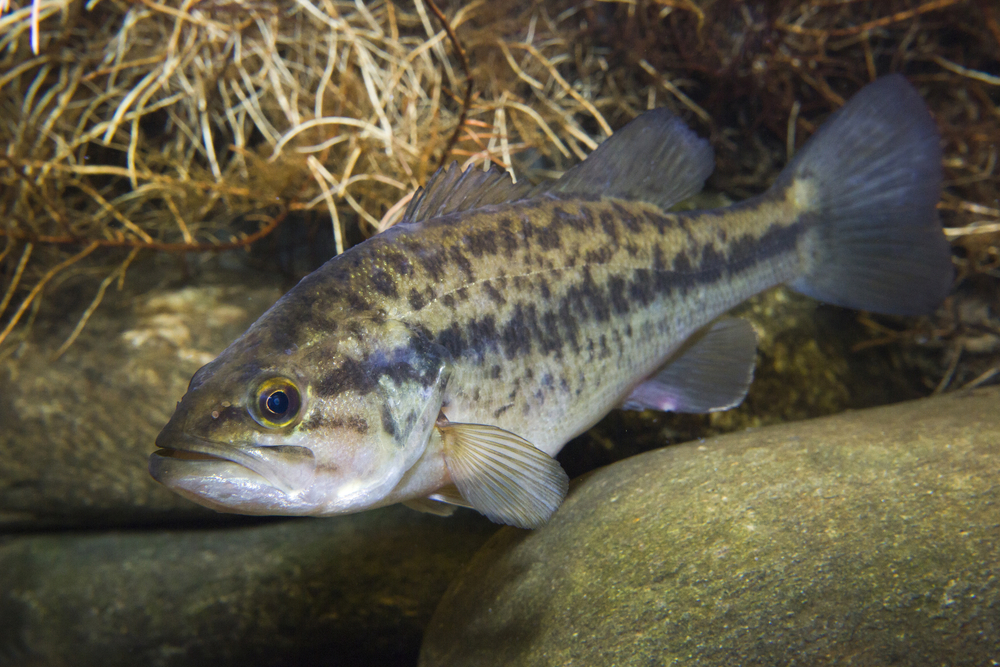
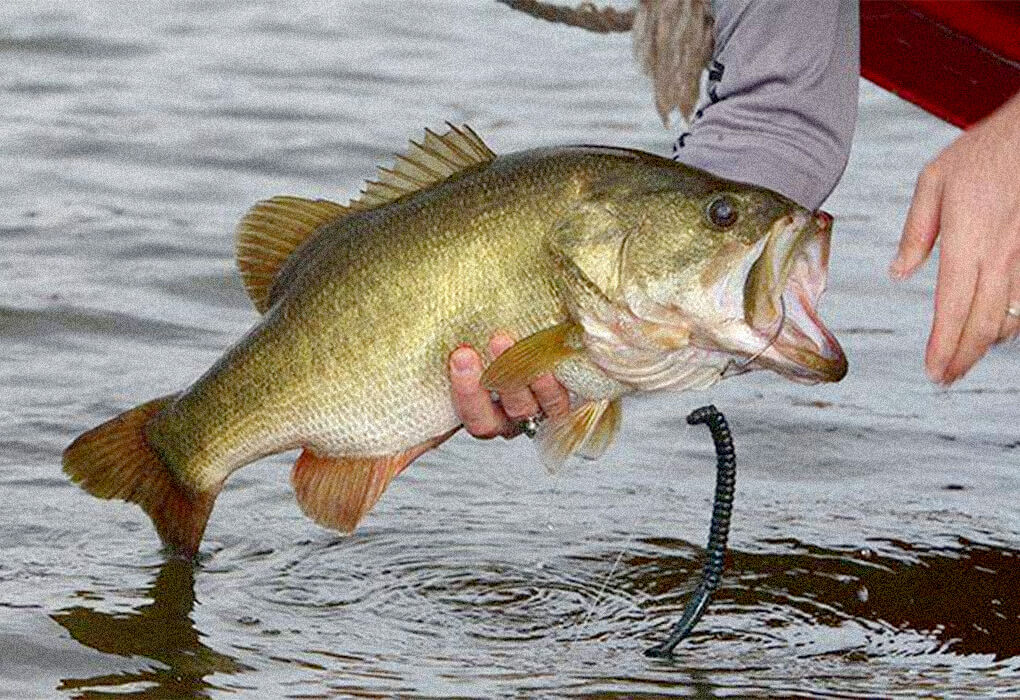
.png)
.png)